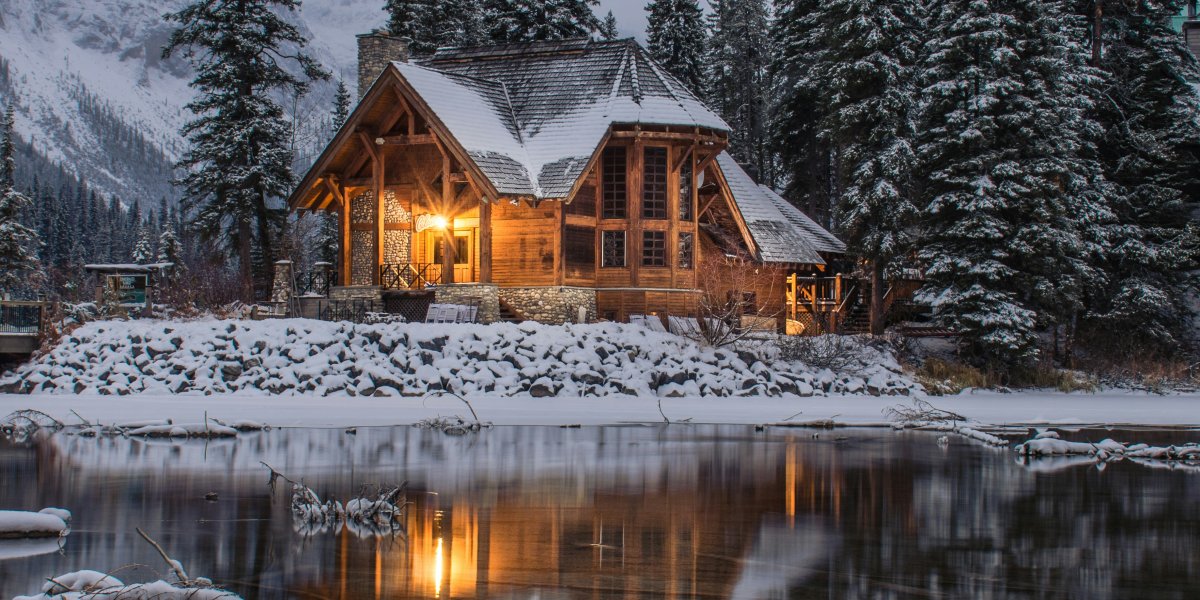
The Complete Legal Guide to Tiny Houses: Understanding Your Rights and Responsibilities in 2025
The tiny house movement has evolved significantly, bringing new legal frameworks and opportunities for alternative housing enthusiasts. This guide cuts through the complexity to deliver actionable insights for current and prospective tiny house owners.
Zoning Laws: The Foundation of Tiny House Placement
Modern zoning regulations vary dramatically across jurisdictions, creating a complex landscape for tiny house placement. For detailed county-by-county regulations, visit our zoning guide.
Residential Zone Requirements:
- Minimum dwelling size requirements range from 70-1000 sq ft depending on locale
- Accessory Dwelling Unit (ADU) regulations often provide viable placement options
- Some progressive cities have created specific tiny house overlay districts
- Rural zones typically offer more flexibility but may lack necessary infrastructure
Urban Planning Considerations:
- Lot coverage restrictions typically range from 30-60% of total lot size
- Setbacks commonly require 5-15 feet from property lines
- Height restrictions generally cap at 13.5 feet for mobile units
- Density requirements may affect clustering of tiny houses
Building Codes: Meeting Safety Standards
Contemporary building codes are adapting to accommodate tiny houses while maintaining safety:
Structural Requirements:
- International Residential Code (IRC) Appendix Q specifically addresses tiny houses
- Minimum ceiling height of 6'8" in common spaces, 6'4" in lofts
- Loft access requires stairs or ladders meeting specific dimensional requirements
- Egress windows must provide minimum opening of 5.7 square feet
Essential Systems:
- Electrical systems must meet National Electrical Code (NEC) standards
- Plumbing must include minimum fixture counts and venting
- HVAC requirements vary by climate zone
- Fire protection measures including smoke and CO detectors
Tiny Houses on Wheels (THOWs): Navigating Mobile Classifications
THOWs present unique regulatory challenges:
Legal Status:
- RVIA certification provides clearest path to legal recognition
- Park model RV classification allows for extended stays in designated areas
- Some jurisdictions now recognize "movable tiny houses" as distinct category
- Highway transportation requires meeting DOT requirements
Placement Options:
- RV parks accepting tiny houses (verify THOW-specific policies)
- Private land with appropriate zoning and permits
- Tiny house communities with established regulations
- Temporary vs permanent placement distinctions
Permitting Process: Essential Documentation
Required permits vary by jurisdiction and placement type:
Construction Permits:
- Site plan approval
- Foundation permits for permanent structures
- Electrical, plumbing, and mechanical permits
- Final occupancy certification
Additional Documentation:
- Engineered plans and calculations
- Environmental impact assessments
- Utility connection applications
- Fire safety compliance certificates
Insurance and Financing: Protecting Your Investment
Financial considerations require specialized attention:
Insurance Options:
- Mobile home policies for permanent units
- RV insurance for certified THOWs
- Custom tiny house policies from specialty insurers
- Coverage requirements for different placement scenarios
Financing Alternatives:
- Personal loans
- RV loans for certified units
- Construction loans for permanent structures
- Manufacturer financing programs
Emerging Legal Trends
The legal landscape continues to evolve:
Recent Developments:
- Increasing adoption of tiny-house-specific ordinances
- Integration with affordable housing initiatives
- New classifications for hybrid permanent/mobile structures
- Environmental impact considerations in permitting
Future Considerations:
- Pending legislation in multiple states
- Evolving building code adaptations
- Alternative compliance paths
- Sustainability certification programs
Action Steps for Compliance
- Research local zoning codes thoroughly
- Engage with planning departments early
- Document all communications with authorities
- Consider working with tiny house advocacy groups
- Maintain detailed records of all permits and inspections
- Stay informed about changing regulations
- Join tiny house associations for ongoing support
- Consult with specialized legal professionals
Resources and Support
Key Organizations:
- American Tiny House Association
- State-specific tiny house coalitions
- Local planning departments
- Alternative housing advocacy groups
Professional Services:
- Tiny house-specific legal consultants
- Zoning specialists
- Licensed contractors familiar with tiny houses
- Insurance brokers experienced in alternative housing
Understanding these legal requirements is crucial for successful tiny house living. While regulations continue to evolve, staying informed and maintaining compliance ensures a secure foundation for your alternative housing journey.
For the latest updates on tiny house regulations and available properties, explore our state-by-state zoning guide, tiny house communities, or browse current listings.
#TinyHouseLaws #AlternativeHousing #ZoningRegulations #TinyHouseCompliance #SustainableLiving #THOWRegulations #TinyHomeLegal